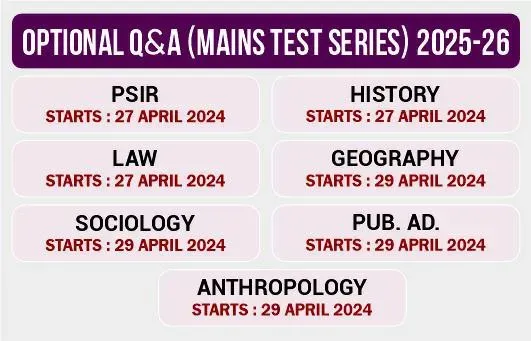Tasks for India’s millet revolution
Context
Despite the tremendous benefits associated with millet, there are serious constraints to increased millet cultivation and consumption in the country.
About Millets:
- Millet is a collective term referring to a number of small-seeded annual grasses that are cultivated as grain crops, primarily on marginal lands in dry areas in temperate, subtropical, and tropical regions.
- Two groups of milletsare grown in India.
- Major milletsinclude sorghum, pearl millet and finger millet
- Minor milletsinclude foxtail, little millet, kodo, proso, and barnyard millet
- Benefits:Millets have
- special nutritive properties: they are high in protein, dietary fibre, micronutrients and antioxidants
- special agronomic characteristics: drought-resistant and suitable for semi-arid regions
|
The Food and Agriculture Organization of the United Nations (FAO) has declared 2023 as the International Year of Millets. |
What are the real problems?
- Decline in the area under millet cultivation
- Low productivity of millet
- Changing food habits
Recent Government Interventions
- The Government of India and State governments, notably Karnataka and Odisha, have initiated Millet Missions.
- Odisha already has a dedicated millets mission that undertook procurement of 32,302 tonnes worth Rs 109.08 crore, mainly of ragi, in 2021-22.
- Rajasthan, Uttar Pradesh, and Haryana might want to do the same in bajra, just as Maharashtra may for jowar, Karnataka for ragi, and Madhya Pradesh for Kodo/ kutki.





